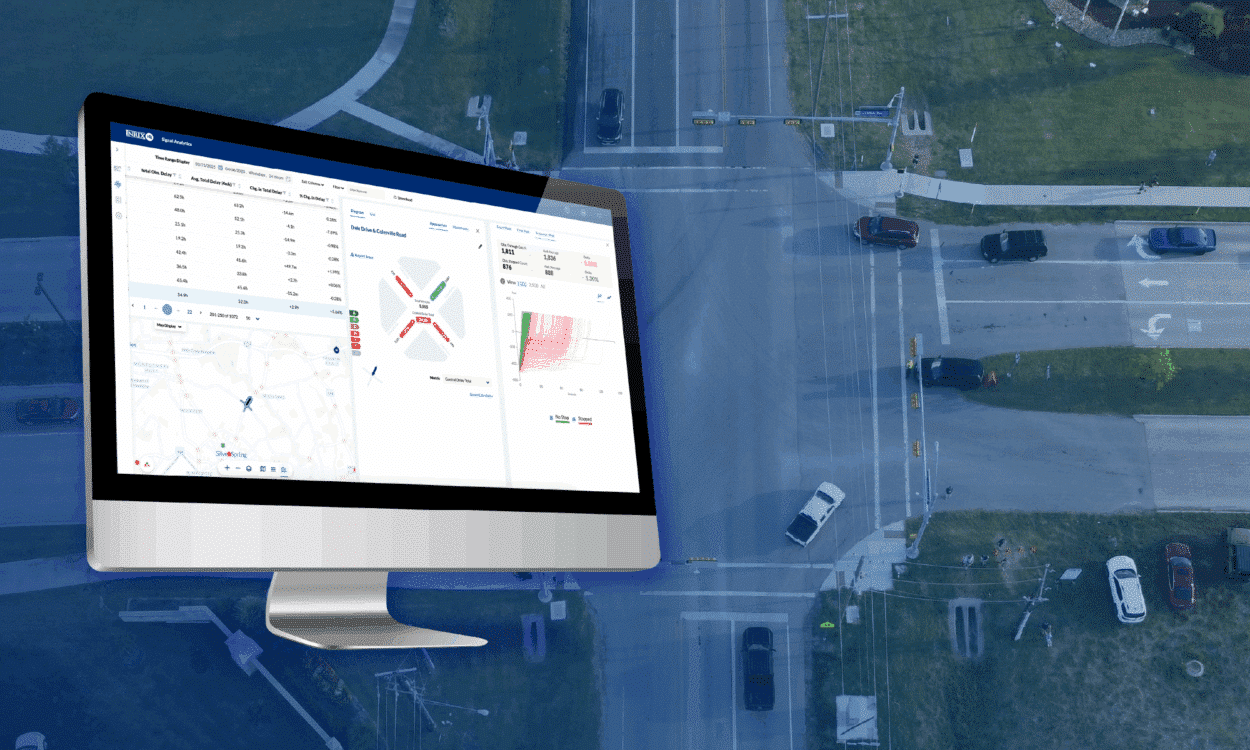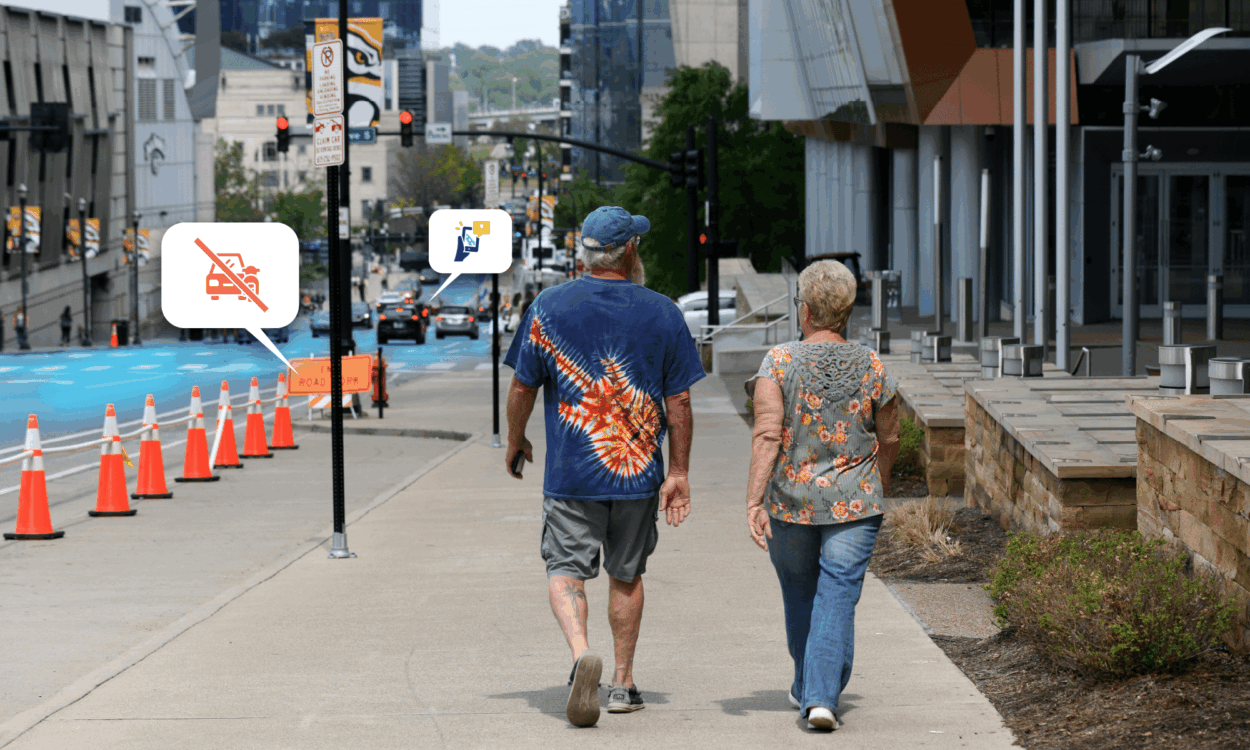The Challenge:
With increasing pressures from urbanization and aging infrastructure challenging European cities, the city of Hamburg seeks to identify underperforming infrastructure and implement improvements to enhance the safety and efficiency of the city’s roadway network.
While improving the city’s car-centric infrastructure remains a focus, Hamburg’s long-term strategy prioritizes a shift toward multi-modal, sustainable forms of transportation.
Solution:
Using INRIX Roadway Analytics and Signal Analytics, the LSBG (Landesbetrieb Straßen, Brücken und Gewässer/Agency of Roads, Bridges and Waters) employs historical data to analyze flow around construction sites and better understand traffic signal performance. The LSBG uses this data to evaluate the potential impact of proposed infrastructure improvements on congestion and to identify intersections with inefficient traffic flow for signal retiming.
INRIX Trip Analytics offers critical insights into pedestrian and bicycle travel, as well as public transportation usage, helping the LSBG understand origin and destination points, preferred modes of transportation, and how those patterns change over time.
Results:
Hamburg’s use of INRIX data is ongoing. The LSGB has used INRIX data to support the restructuring of infrastructure around the Port of Hamburg and to guide the development of a new subway line, enhancing transportation options for residents across Hamburg.



